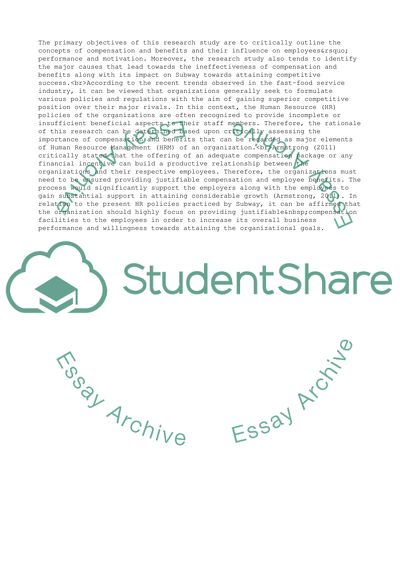Cite this document
(Overlooking Employee Needs and Expectations of Subway Essay, n.d.)
Overlooking Employee Needs and Expectations of Subway Essay. Retrieved from https://studentshare.org/management/1805507-writers-choice
Overlooking Employee Needs and Expectations of Subway Essay. Retrieved from https://studentshare.org/management/1805507-writers-choice
(Overlooking Employee Needs and Expectations of Subway Essay)
Overlooking Employee Needs and Expectations of Subway Essay. https://studentshare.org/management/1805507-writers-choice.
Overlooking Employee Needs and Expectations of Subway Essay. https://studentshare.org/management/1805507-writers-choice.
“Overlooking Employee Needs and Expectations of Subway Essay”, n.d. https://studentshare.org/management/1805507-writers-choice.


